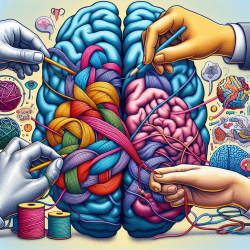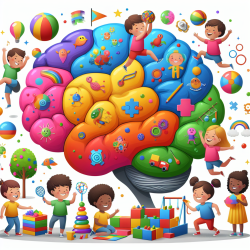As a practitioner dedicated to improving outcomes for children with autism spectrum disorder (ASD), staying informed about the latest research is crucial. A recent study titled Awareness and knowledge of autism spectrum disorder in Western China: Promoting early identification and intervention provides valuable insights that can enhance your practice.
This study, conducted in Chongqing, Western China, surveyed 638 participants, including medical workers, educators, and community residents, to assess their understanding of ASD. The findings reveal significant gaps in knowledge and highlight the importance of targeted training and public education.
Key Findings
- Understanding of ASD: While most participants were aware of autism, many held misconceptions. Only 24.91% of medical workers, 24.86% of educators, and 14.89% of community residents recognized autism as a developmental disorder.
- Identification of Symptoms: Medical workers were better at identifying core symptoms of autism compared to educators and community residents. However, a substantial number still struggled with accurate identification.
- Causes of Autism: A significant portion of participants believed that autism was caused by improper family education, indicating a need for better dissemination of scientific knowledge.
- Early Detection and Intervention: Most participants agreed that early intervention is crucial. However, there was a lack of consensus on the most effective treatment methods, with many favoring psychological counseling over evidence-based interventions like Applied Behavior Analysis (ABA).
Implications for Practitioners
Based on these findings, practitioners can take several steps to improve early identification and intervention for ASD:
- Enhance Training: Invest in continuous professional development to stay updated on the latest evidence-based practices for ASD. Consider leveraging online platforms for remote training, especially in underserved areas.
- Public Education: Engage in community outreach to educate parents, educators, and community members about the early signs of autism and the importance of early intervention.
- Collaborate with Schools: Work closely with educators to develop training programs that enhance their ability to identify and support children with autism.
- Utilize Technology: Implement teletherapy and other remote services to provide accessible support for children with autism, particularly in remote areas.
Encouraging Further Research
Practitioners are encouraged to delve deeper into the research and explore additional studies to enhance their understanding and skills in managing ASD. Continuous learning and adaptation are key to providing the best possible care for children with autism.
To read the original research paper, please follow this link: Awareness and knowledge of autism spectrum disorder in Western China: Promoting early identification and intervention.










